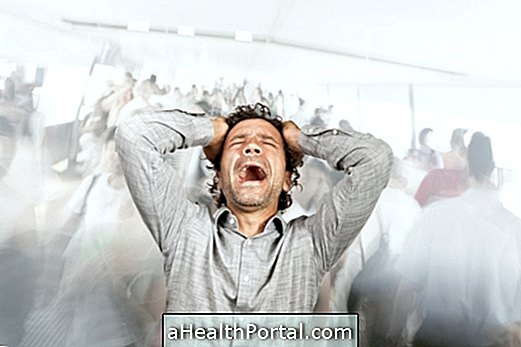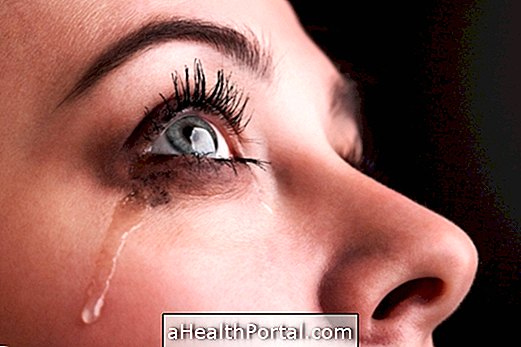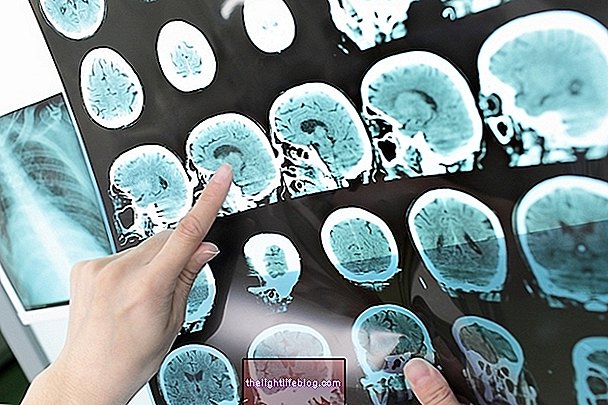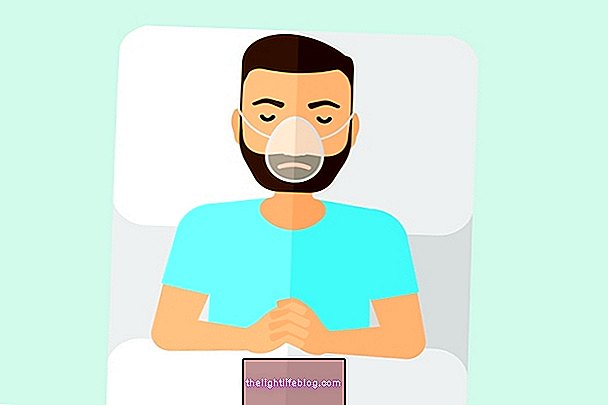Agoraphobia is the fear of staying in unfamiliar environments or feeling that you can not get out, such as crowded environments, public transportation and movies, for example. Even the idea of being in one of these environments can make you anxious and have symptoms similar to panic syndrome, such as dizziness, increased heart rate, and shortness of breath. Learn how to identify panic disorder.
This psychological disorder can be very limiting and have a negative impact on the quality of life of the person, because as you can not go to other places or relax when you are in crowded environments, for example, interaction with others may be impaired, which can lead to to the isolation of the person.
The treatment of agoraphobia is done through therapy sessions with a psychologist or psychiatrist and aims to help the person deal with fear and anxiety, making them safer and more confident.

Main symptoms
The symptoms of agoraphobia arise when the person is in unfamiliar surroundings or that causes him or her anguish or fear of not being able to go out alone, such as mall, cinema, public transport and full restaurants, for example. The main symptoms of agoraphobia are:
- Shortness of breath;
- Increased heart rate;
- Dizziness;
- Excessive sweating;
- Nausea.
People with agoraphobia tend to have low self-esteem, insecurity, feel anxious anywhere other than their own home, are afraid of very large places and feel quite anxious and distressed at being exposed again situation that stimulates your phobia. Get to know other common types of phobia.
According to the degree of symptoms, agoraphobia can be classified into three types:
- Light agoraphobia, in which the person manages to drive long distances, manages to go to the cinema, despite sitting in the aisle, and avoids crowded places, but still frequent malls, for example;
- Moderate agoraphobia, in which the person can only go to places closer to home accompanied by another person and avoid using public transport;
- Severe agoraphobia, which is the most limiting type of agoraphobia, since in that degree the person can not leave the house and feel anxious just by going somewhere.
Depending on the symptoms, agoraphobia can be very limiting and have negative impacts on the person's quality of life. Therefore, when you notice characteristic symptoms of agoraphobia it is important to go to the psychologist or psychiatrist in order to start treatment.
How is the treatment done?
The treatment of agoraphobia is done by a psychologist or psychiatrist based on the symptoms presented by the person.
The professional evaluates what causes the person to manifest the symptoms, if they are frequent and the impact that these symptoms have on the person's life. Thus, it helps the person to deal with the situations that cause him anxiety, in order to make the person feel safer and more confident. It can also be recommended for practices of relaxing activities, such as yoga or meditation, for example.
Depending on the degree of the symptoms, the psychiatrist may indicate the use of medications to control the symptoms and the person feels more relaxed in certain situations.


























